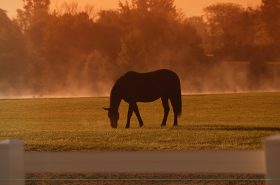You don’t want these trees in or near your horse’s pasture.
Many horses enjoy the natural shade that trees provide. You will often see a herd gather under the trees on a hot summer day. Some will even chew on the bark. Unfortunately, not all trees are safe for horses. In fact, there are a few that are very toxic and even deadly! It’s essential that you identify what’s in your pasture and if there are any trees toxic to horses.
Dangerous Trees
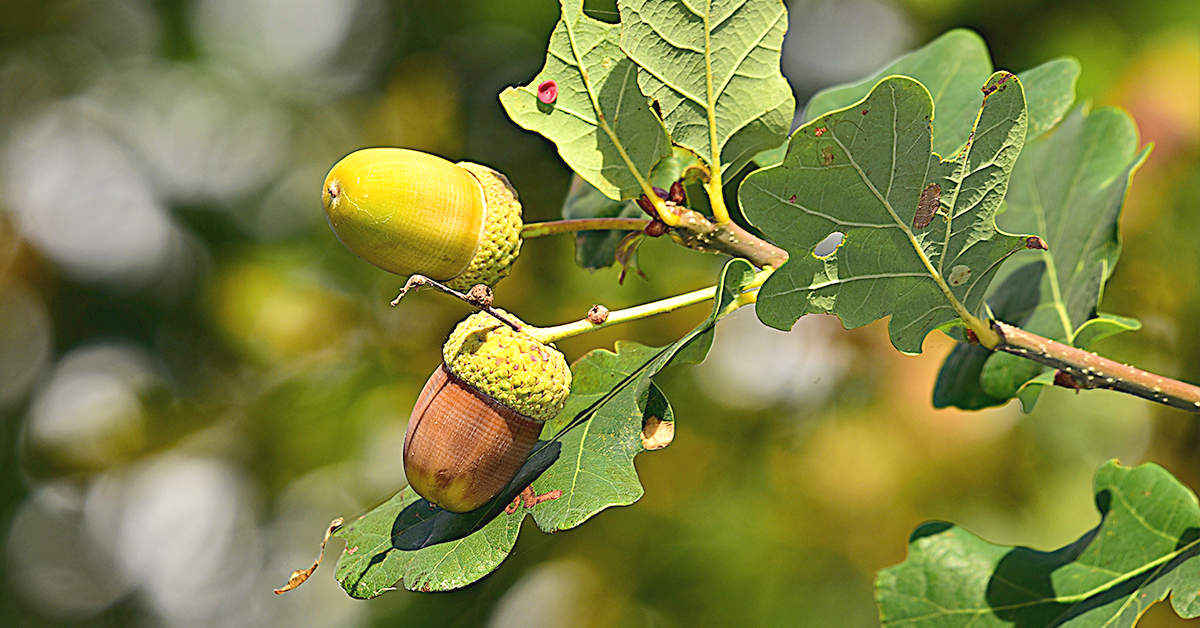
Oaks
The danger with oak trees is found in their leaves, bark, and acorns. They contain high levels of tannins, which are toxic to horses in large quantities. It can result in colic! Green acorns, new leaves, and flower buds have the most toxicity. While many horses will leave the acorns and trees alone, others will consume them and get sick. Even with the tree fenced off, their leaves and acorns may blow or fall into the field. You’ll need to be very careful!
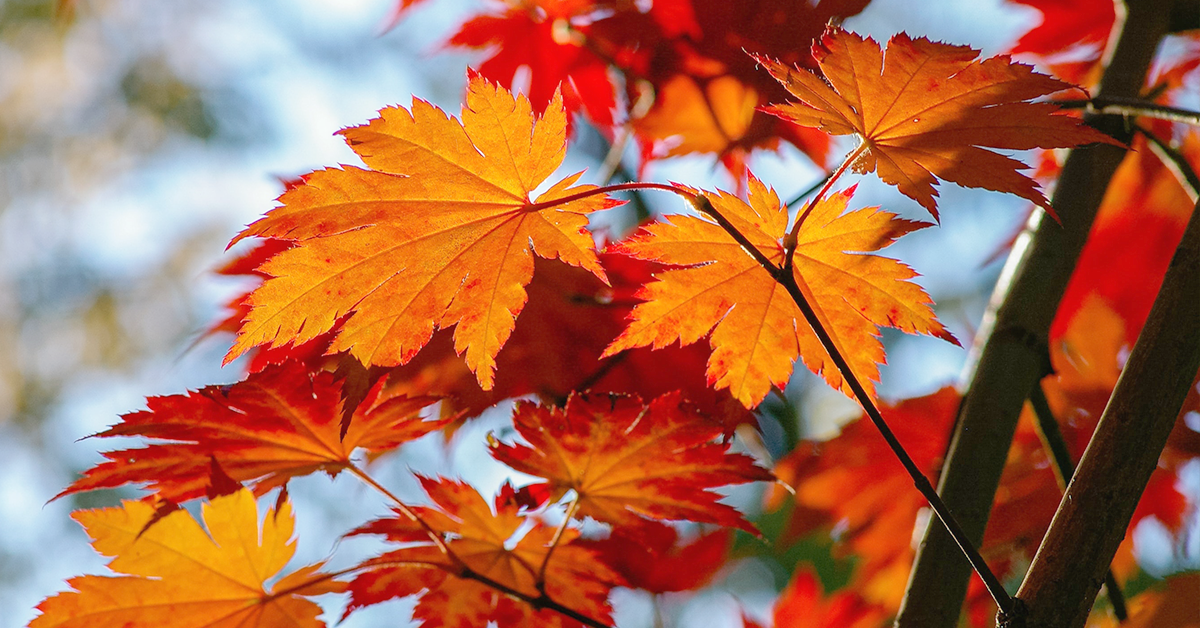
Red Maple
This tree is highly toxic due to its wilted leaves. Even the dried leaves that fall off in autumn can be toxic for nearly 30 days. If a horse was to consume some of their leaves, it could experience rapid death. The horse’s red blood cells will be destroyed and kidney damage may occur.
Black Locust
Lectins, which are found in the bark and seeds of this tree, can cause gastrointestinal issues and attack the central nervous system in horses. A horse only needs to consume as little as 0.04% of their body weight to be poisoned by this tree. It can be identified by the flattened pea pods that grow several inches long.
Horse Chestnut
Also known as buckeyes, these grow all across the United States. The leaves, sprouts, seeds, and seed husks are all toxic in this tree. They can result in some serious digestive upset! The nectar is even poisonous to bees.
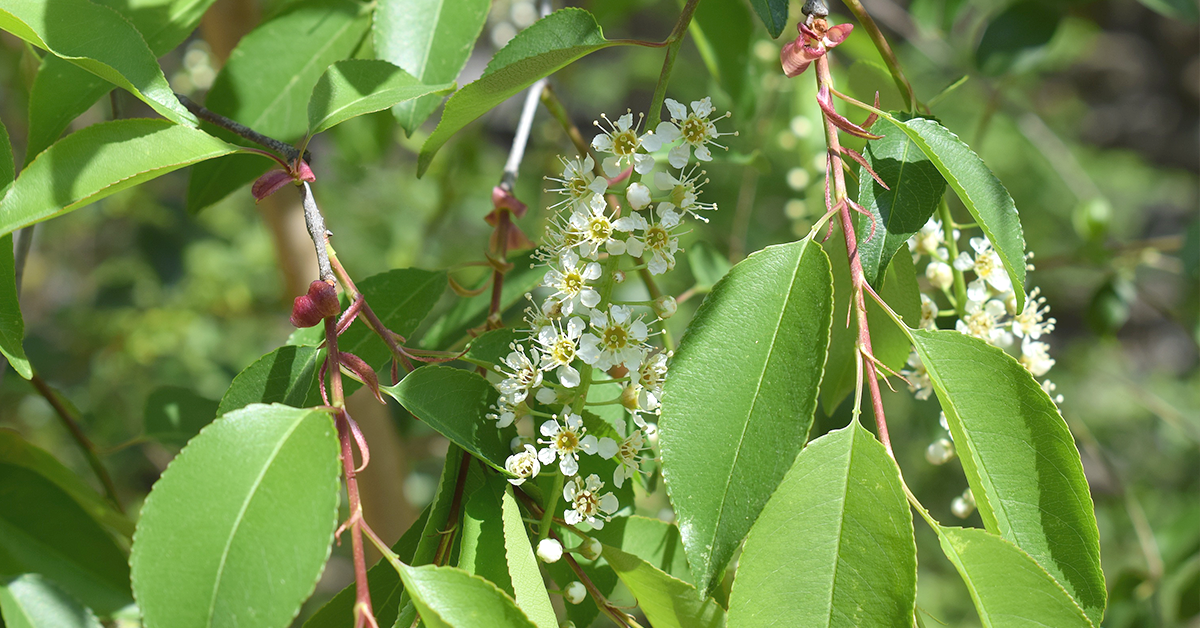
Chokecherry
The highest toxicity is in the wilted leaves, branches, and new growth. They contain cyanide compounds. Other similar types include apricot, peach, and plum trees. They all have similar toxicity. Horses that have ingested parts of these trees will struggle to extract oxygen from their blood, which leads to increased respiration.
Black Walnut
The biggest concern with black walnut is actually found in its shavings of it. If you happen to remove one from your horse’s pasture, then make sure there’s no sawdust left behind. You’ll also want to ensure your horse’s bedding doesn’t contain any of it. Sawdust with as little as 20% black walnut can cause laminitis in horses. Pollen and leaves can also cause respiratory issues for some.
There are quite a few other trees that you shouldn’t have in your horse’s field. Some include crab apple tree, Kentucky coffee tree, mesquite, and tung nut tree. Most ornamental trees and shrubs are also toxic.
Contact your local extension office, if you need help determining the type of trees on your property. Some will need to be cut down and removed from the pasture carefully. Other times, you need to fence off the areas with trees toxic to horses. Don’t forget to consider falling leaves and branches that may end up in the pasture.
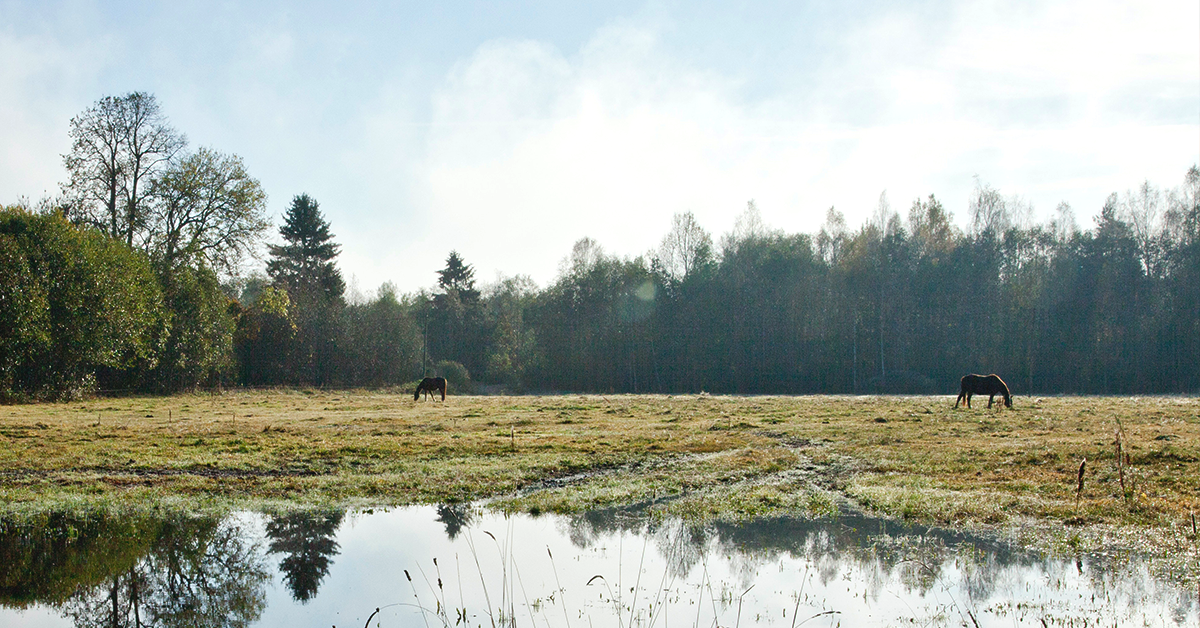
Love this blog post? We think you will like The Best and Worst Trees & Shrubs for Horse Pastures by Casie Bazay.


